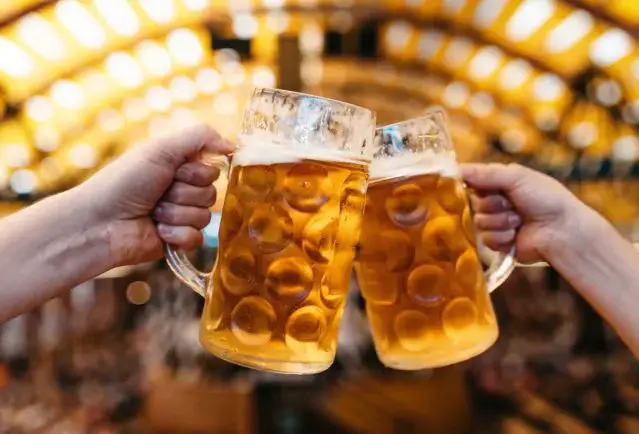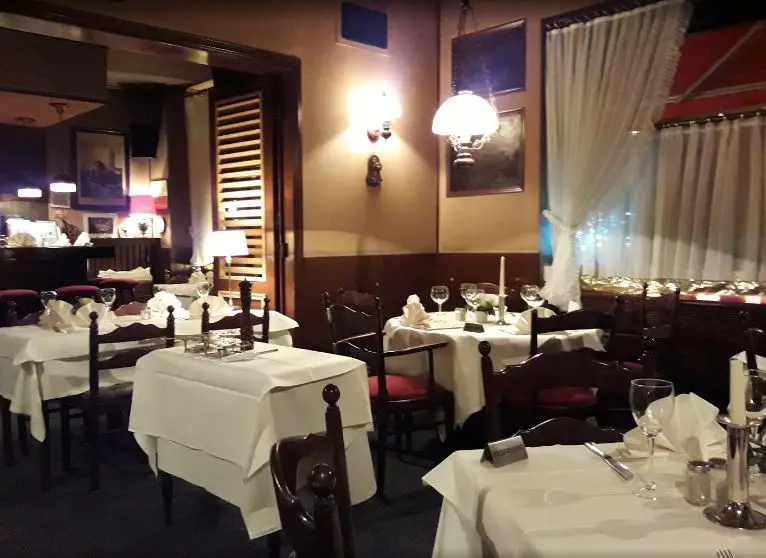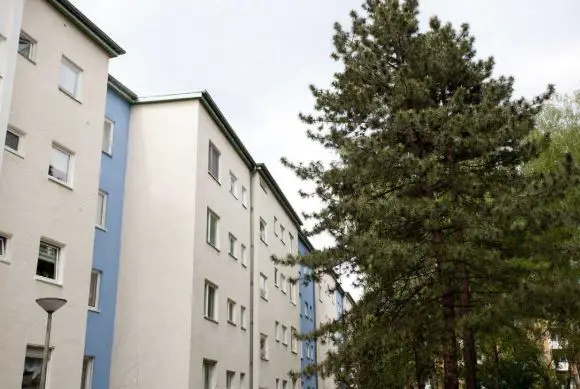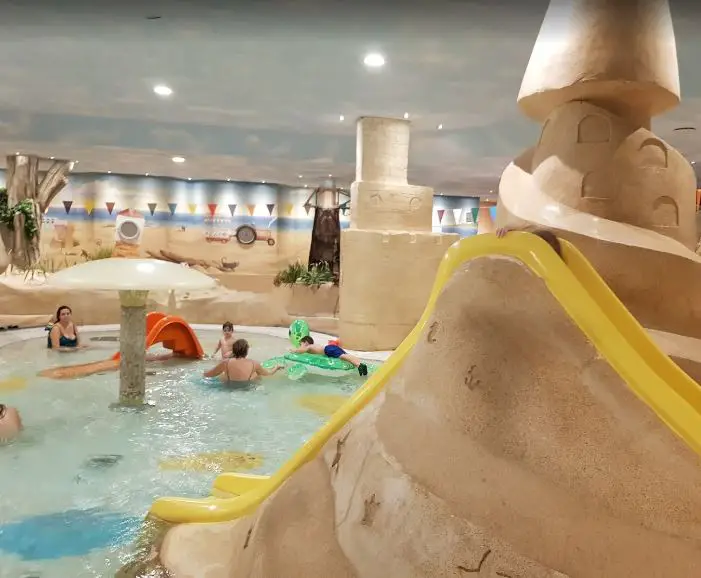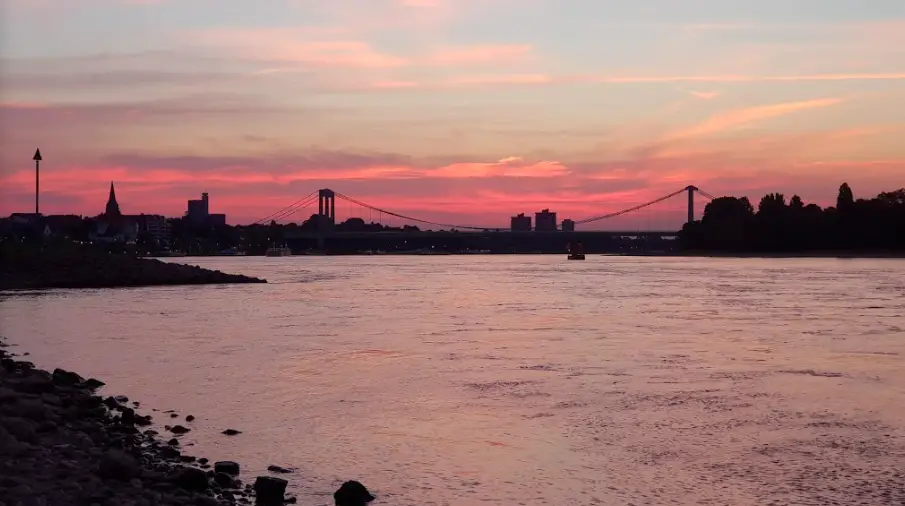Are there any rules for taking photos in museums?
Post ByAdequate Travel
Summary
Are you a budding photographer wanting to take amazing photographs in museums? The stunning architecture and minute details of artwork can create stunning photographs, but there are some basic rules and etiquette you should follow when taking photos in museums. In this blog we'll explore the rules for taking photos in museums and how to best respect the artwork and visitors.
Stay informed about any travel restrictions or travel rules in place, as they may vary depending on your destination within the country.
Yes, there are generally rules and guidelines for taking photos in museums. These rules aim to strike a balance between allowing visitors to capture memories and respecting the artwork, artifacts, and the museum's policies. While the specific rules may vary from one museum to another, here are some common guidelines:1. No Flash Photography:Flash photography can potentially damage sensitive artwork, particularly paintings, manuscripts, and photographs. Therefore, museums typically prohibit the use of flash. This rule aims to preserve the longevity and quality of the exhibits.Example: The Louvre Museum in Paris strictly prohibits the use of flash while photographing exhibits.2. No Tripods or Stabilization Devices:To ensure the safety of the artworks and prevent any potential damage, museums often forbid the use of tripods or stabilization devices such as monopods. These tools can be intrusive and may pose a risk to other visitors or the displays.Example: The British Museum in London prohibits the use of tripods or monopods for photography unless prior permission is obtained.3. Respect Copyrights and Artist Rights:While taking photographs of artwork for personal use is generally allowed, it is essential to respect copyright laws and the rights of the artist. This means that capturing images of copyrighted artwork solely for commercial purposes or using photographs in ways that violate an artist's intellectual property rights is generally not permitted.Example: The Metropolitan Museum of Art in New York allows photography for personal, non-commercial use, respecting copyright laws and artist rights.4. Restricted Areas and Special Exhibitions:Certain museums might have specific areas or temporary exhibits where photography is restricted or prohibited altogether. These areas could include galleries housing particularly fragile or sensitive artworks or traveling exhibitions where the external organization may have different policies.Example: The Vatican Museums in Vatican City do not allow photography inside the Sistine Chapel, but it is allowed in most other areas of the museum.5. Share Responsibly on Social Media:When posting photos taken in museums on social media platforms, it is generally courteous to include any relevant hashtags, tags, or attributions requested by the museum. Additionally, it is recommended to be mindful of other visitors, ensuring that photography does not disturb their experience or impede their view.Example: The Tate Modern in London encourages visitors to share their photos on social media platforms using appropriate hashtags such as #TateModern or #TateShots.Remember to always check with the specific museum you are visiting for their individual photography policies and guidelines, as they may have variations or exceptions to these general rules.
Yes, there are generally rules and guidelines for taking photos in museums. These rules aim to strike a balance between allowing visitors to capture memories and respecting the artwork, artifacts, and the museum's policies. While the specific rules may vary from one museum to another, here are some common guidelines:1. No Flash Photography:Flash photography can potentially damage sensitive artwork, particularly paintings, manuscripts, and photographs. Therefore, museums typically prohibit the use of flash. This rule aims to preserve the longevity and quality of the exhibits.Example: The Louvre Museum in Paris strictly prohibits the use of flash while photographing exhibits.2. No Tripods or Stabilization Devices:To ensure the safety of the artworks and prevent any potential damage, museums often forbid the use of tripods or stabilization devices such as monopods. These tools can be intrusive and may pose a risk to other visitors or the displays.Example: The British Museum in London prohibits the use of tripods or monopods for photography unless prior permission is obtained.3. Respect Copyrights and Artist Rights:While taking photographs of artwork for personal use is generally allowed, it is essential to respect copyright laws and the rights of the artist. This means that capturing images of copyrighted artwork solely for commercial purposes or using photographs in ways that violate an artist's intellectual property rights is generally not permitted.Example: The Metropolitan Museum of Art in New York allows photography for personal, non-commercial use, respecting copyright laws and artist rights.4. Restricted Areas and Special Exhibitions:Certain museums might have specific areas or temporary exhibits where photography is restricted or prohibited altogether. These areas could include galleries housing particularly fragile or sensitive artworks or traveling exhibitions where the external organization may have different policies.Example: The Vatican Museums in Vatican City do not allow photography inside the Sistine Chapel, but it is allowed in most other areas of the museum.5. Share Responsibly on Social Media:When posting photos taken in museums on social media platforms, it is generally courteous to include any relevant hashtags, tags, or attributions requested by the museum. Additionally, it is recommended to be mindful of other visitors, ensuring that photography does not disturb their experience or impede their view.Example: The Tate Modern in London encourages visitors to share their photos on social media platforms using appropriate hashtags such as #TateModern or #TateShots.Remember to always check with the specific museum you are visiting for their individual photography policies and guidelines, as they may have variations or exceptions to these general rules.
Suggested Questions
- Kriminalmuseum, Rottweil: Horror Story, History & Paranomial Activities
- Frankfurter Hof, Frankfurt: Horror Story, History & Paranomial Activities
- Andernach Geysir, Andernach: Horror Story, History & Paranomial Activities
- Schloss Bensberg, Bergisch Gladbach: Horror Story, History & Paranomial Activities
- Saalfeld Fairy Grottoes, Saalfeld: Horror Story, History & Paranomial Activities
- Schwarzenberg Castle, Scheinfeld: Horror Story, History & Paranomial Activities



